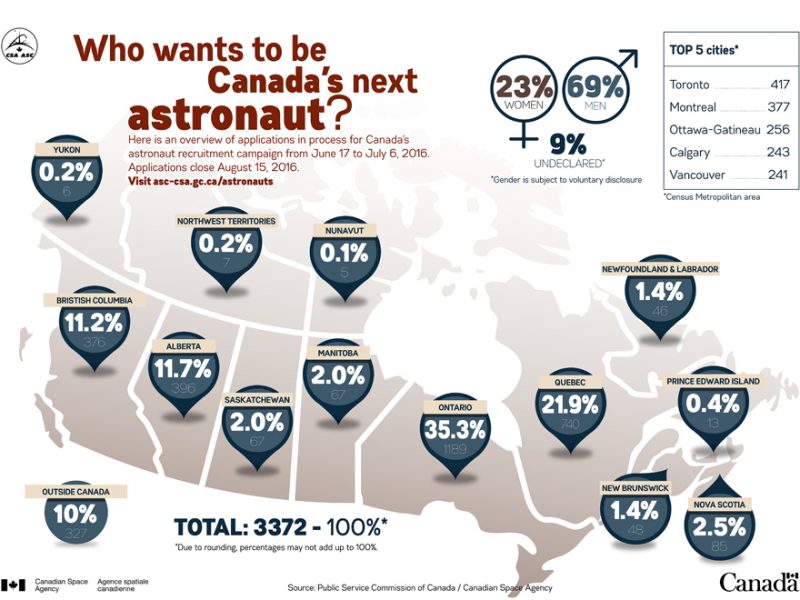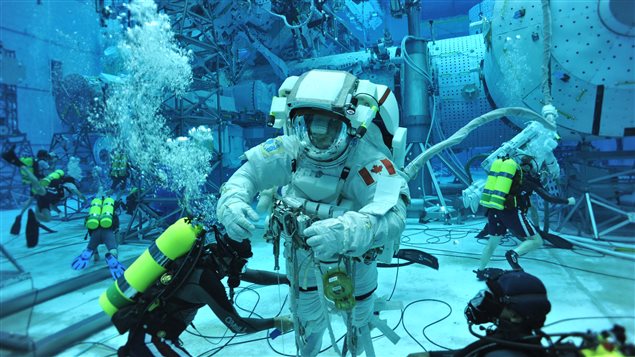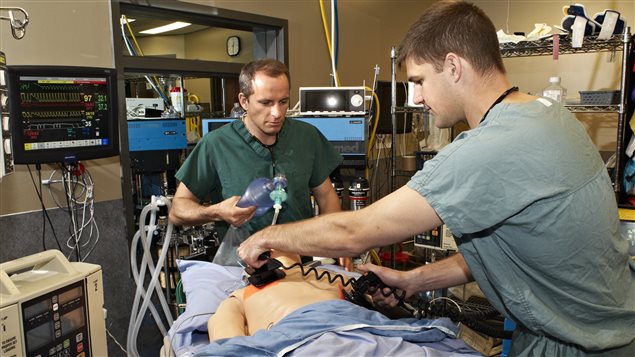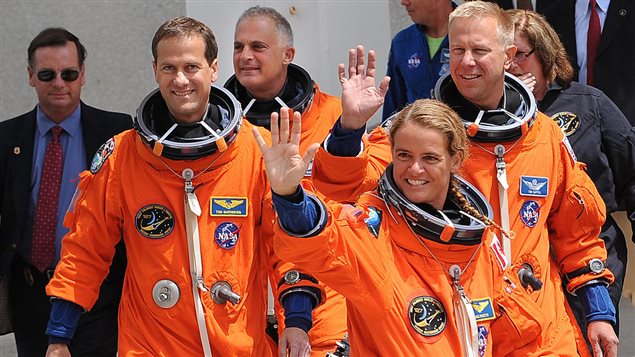The Canadian Space Agency is looking for the next Julie Payette or Roberta Bondar and is encouraging more women to apply to follow in their footsteps.
Ever since the agency kicked off its recruitment drive in June to find Canada’s two new astronauts, it has received more than 3,300 applications, but less than third are from female applicants.
To encourage more women to apply, the agency has reached out to professional associations and organizations that have large female membership such as nursing, mathematics, physics and biology, said Karl Saad, the space agency’s project manager.
“We’ve targeted those organizations to make sure that the word goes out to the members to know that the career of the astronaut is open to women,” Saad said in a phone interview with Radio Canada International.

According to CSA statistics released on July 6, Ontario is the leading home province for astronaut hopefuls (35.3 per cent), followed by Quebec (21.9 per cent), Alberta (11.7 per cent) and British Columbia (11.2 per cent).
If you’re interested in trying your luck at becoming the next astronaut, there is still some time. Applications will be accepted until Aug. 15. Candidates are invited to apply on the Canadian Space Agency website.
‘Rigorous selection process’

Candidates of any gender must have a bachelor’s degree in science or engineering and/or a doctorate in medicine or dentistry.
Applicants must also meet very stringent medical requirements and be in excellent health, the agency said.
Selected applicants will be required to undergo CSA medical examinations, which include the following requirements:
- Height: Between 149.5 cm and 190.5 cm
- Weight: Between 50 kg and 95 kg
- Visual acuity: 20/20 (6/6) or better in each eye, with or without correction.
- Blood pressure: Not higher than 140/90 mm Hg, measured in a sitting position.
- Auditory acuity: Normal hearing (do not suffer from a chronic or recurring auditory condition).

Candidates who make it past the first round will take part in a “rigorous selection process” lasting almost a year that involves a battery of physical and mental fitness tests and interviews, the agency said.
In 2009, the CSA chose David Saint-Jacques of Quebec City and Jeremy Hansen of London, Ontario, to be Canada’s next astronauts.
In May the space agency announced that Saint-Jacques, 46, has been booked on a Russian Soyuz rocket that blasts off for the International Space Station in November 2018. Hansen, 40, is expected to fly into space by 2024.







For reasons beyond our control, and for an undetermined period of time, our comment section is now closed. However, our social networks remain open to your contributions.